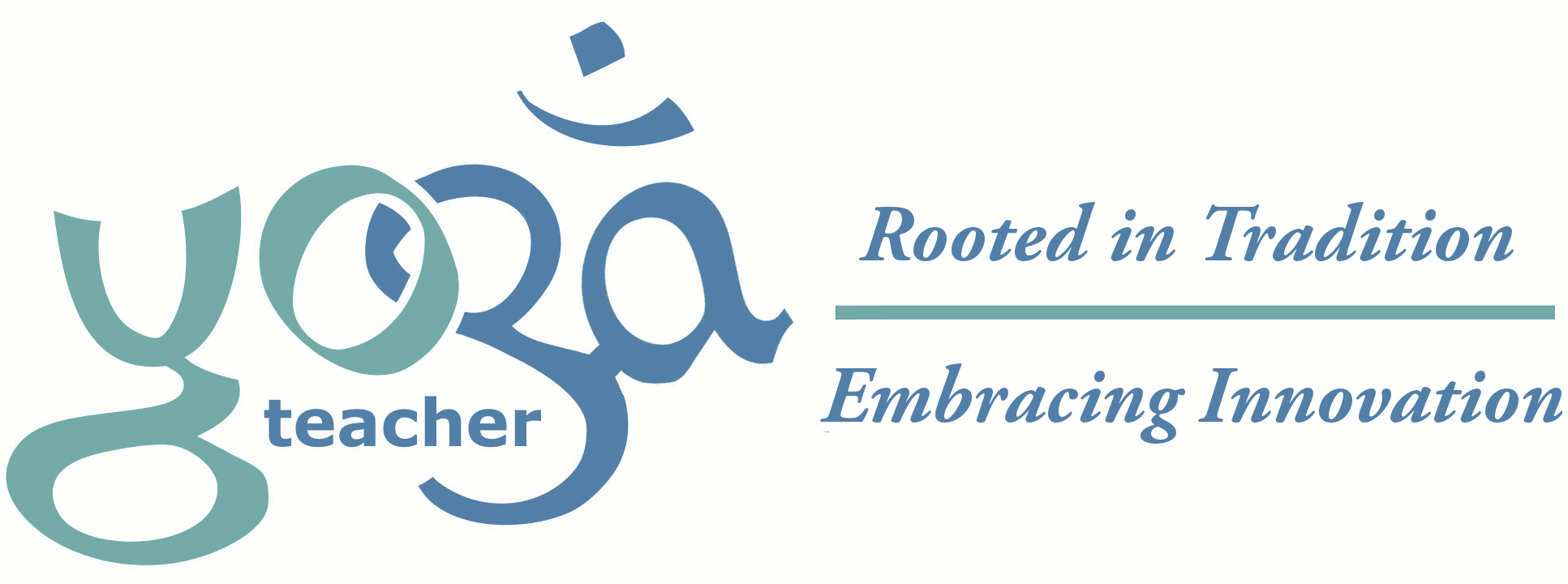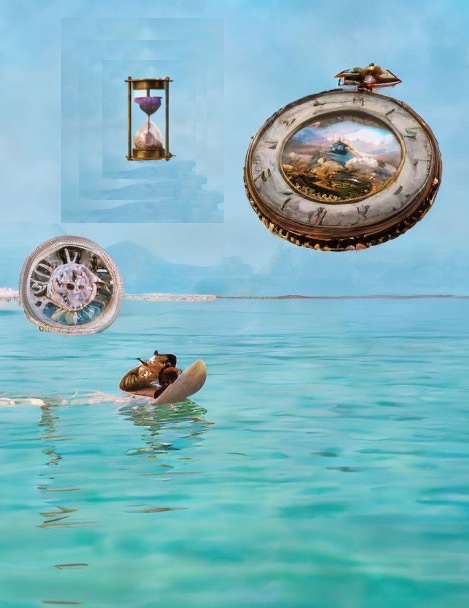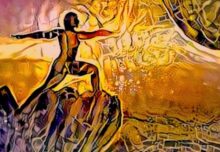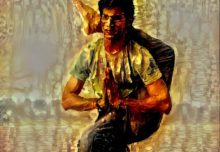As Douglas Adams humorously quipped, “I love deadlines. I like the whooshing sound they make as they fly by.”
Time, the elusive mistress that captivates the human mind. Historians, poets, playwrights, philosophers, musicians, psychologists, from the youngest of children to the wisest of grandparents — we all find ourselves entangled in its enigmatic dance.
Embedded in the very foundations of thermodynamics, time, thanks to Einstein’s revelations, emerges as an integral thread woven into the fabric of the universe itself.
Our attempts to measure it span epochs, from ancient stone circles, pyramids, waterwheels, sand falling through an hourglass, to the precision of atomic clocks powered by the vibrations of Cesium 133 atoms. Today, quantum entanglement has pushed the boundaries further, with 350 atoms of ytterbium now accurate to a mere one second every 15 billion years.
Yet, even as scientists refine the art of measuring time, we grapple with the subjectivity of its perception. As a child, the Advent Calendar’s countdown to Christmas felt like an eternity, the school clock’s second hand a reluctant traveler. Time, it seemed, possessed a capricious and arbitrary nature.
“Time expands, then contracts, all in tune with the stirring of the heart.”
~ Haruki Murakami.
The human brain, with its mysterious internal clock, remains a mystery.
What’s becoming evident is the complexity and malleability of our temporal experience. Dreams, brief in reality, unfold as vast narratives in the mind. Moments of deep flow, be it in a car accident, facing a fastball, or immersed in meditation, stretch time’s fabric.
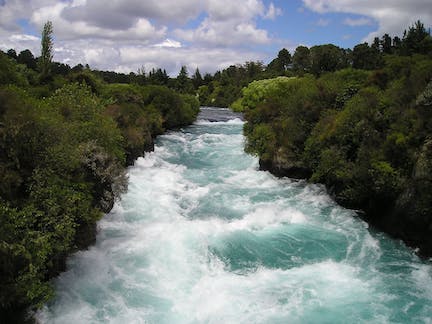 Professor Michael Flaherty notes that embarking on a new journey can stretch time, a sentiment echoed by students in retreats and trainings, where days feel eternal at the start and fleeting at the end.
Professor Michael Flaherty notes that embarking on a new journey can stretch time, a sentiment echoed by students in retreats and trainings, where days feel eternal at the start and fleeting at the end.
Time reveals itself in three forms — cyclical, linear, and sacred. Traditional clock faces with hands that trace out endless circles in time reflect the cyclical rhythm of day and night, winter and summer. Envision drifting along a river that loops back on itself; each moment repeats on the next cycle, albeit with subtle variations. This perspective on time offers an oddly soothing solace in the face of our mortality. The sun will continue its ascent and descent, children will play and age long after our departure.
 Linear time birthed the digital clock, tallying the unidirectional journey from the big bang to the universe’s eventual heat death. Picture floating down a river, aware that you’ll never again witness the objects and people along the riverbanks. Every moment is irretrievably lost. This contemporary view of time provides little consolation in the shadow of our concerns about aging and death.
Linear time birthed the digital clock, tallying the unidirectional journey from the big bang to the universe’s eventual heat death. Picture floating down a river, aware that you’ll never again witness the objects and people along the riverbanks. Every moment is irretrievably lost. This contemporary view of time provides little consolation in the shadow of our concerns about aging and death.
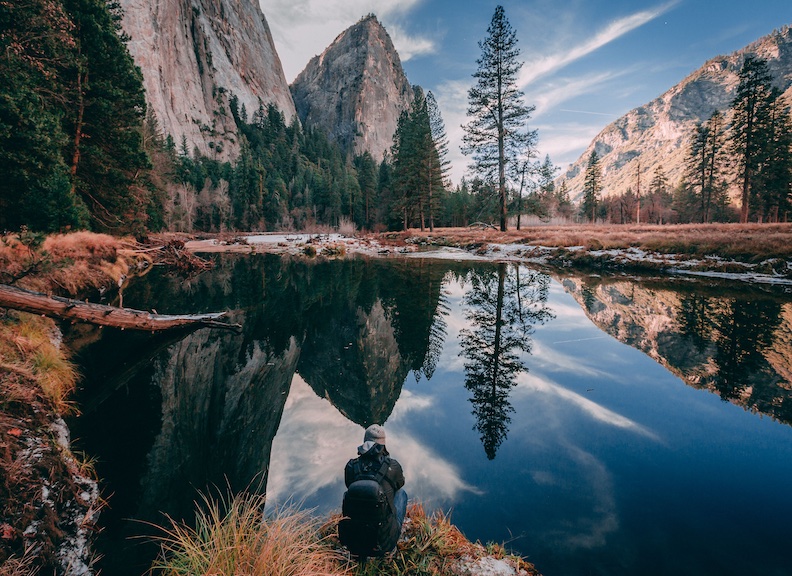 And then there is sacred time — those rare moments where past and future converge in the present, and we brush against eternity. Picture yourself afloat in the midst of a sacred lake of time, where past and future infuse the present moment with magic. This encounter with the eternal now is infrequent but can be nurtured through ritual and meditation.
And then there is sacred time — those rare moments where past and future converge in the present, and we brush against eternity. Picture yourself afloat in the midst of a sacred lake of time, where past and future infuse the present moment with magic. This encounter with the eternal now is infrequent but can be nurtured through ritual and meditation.
